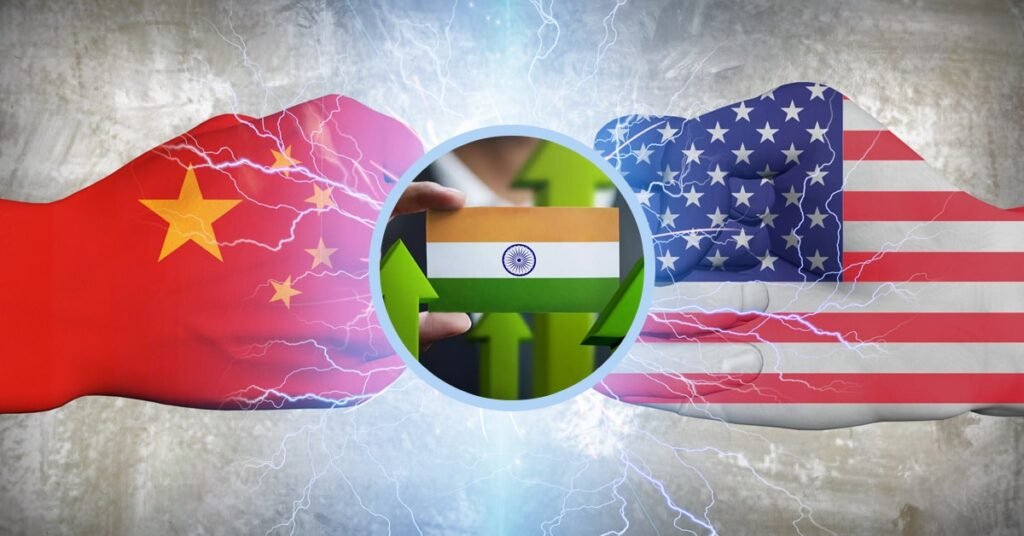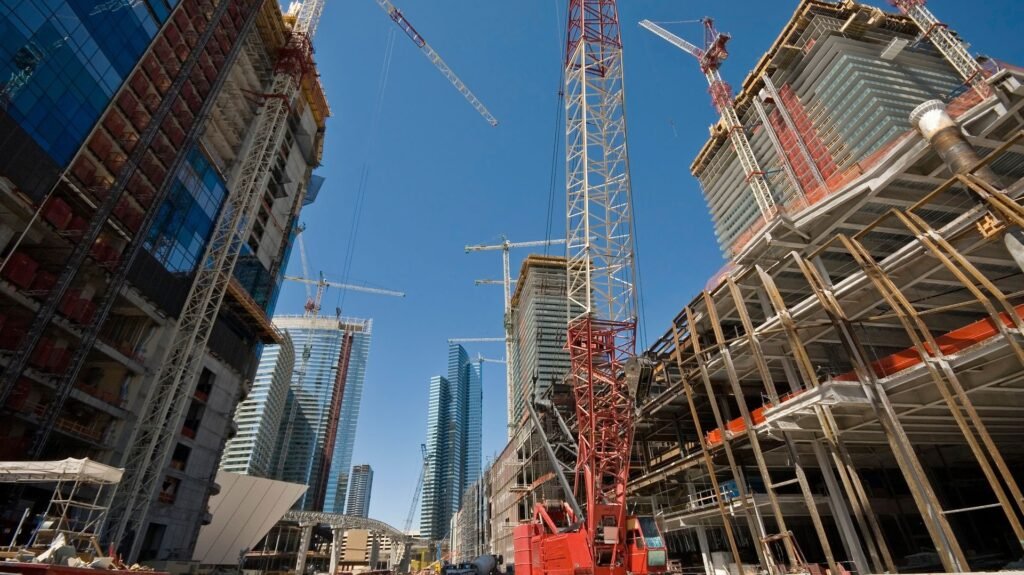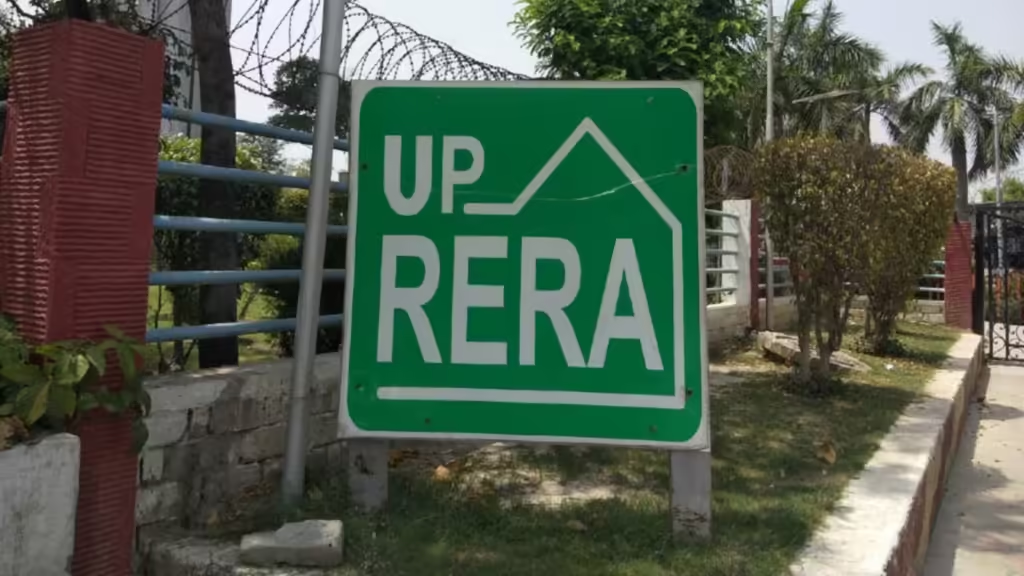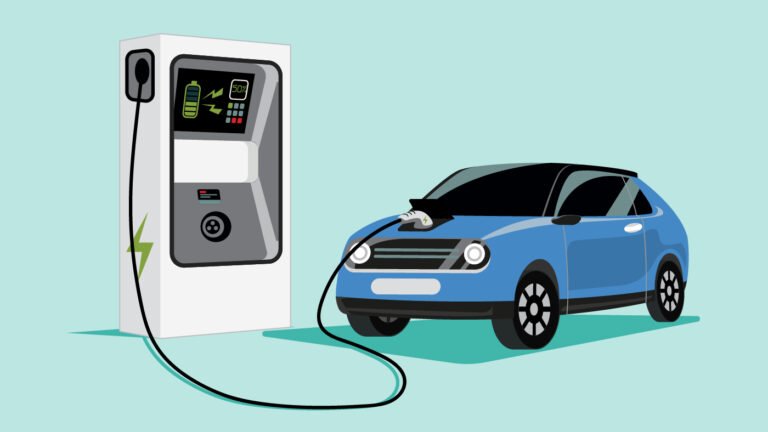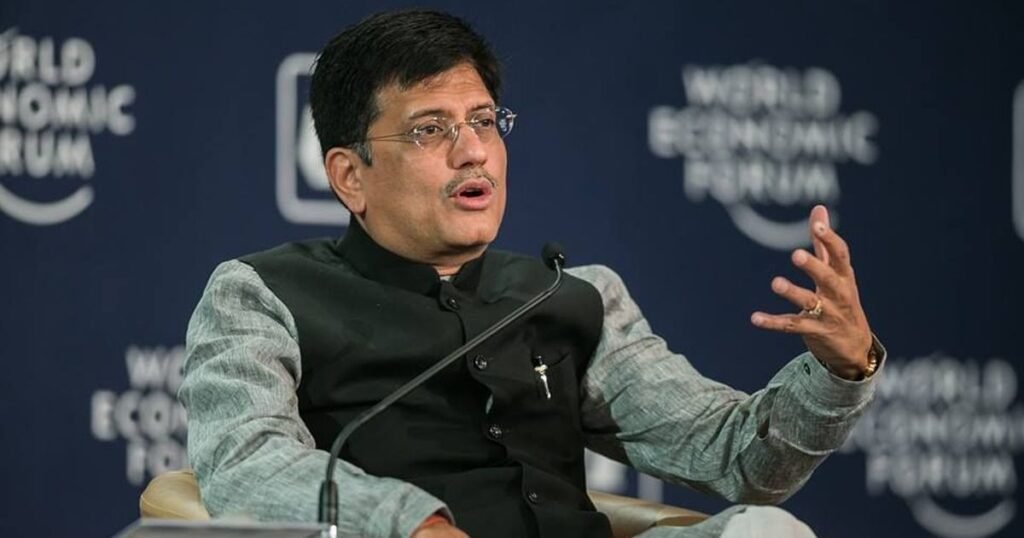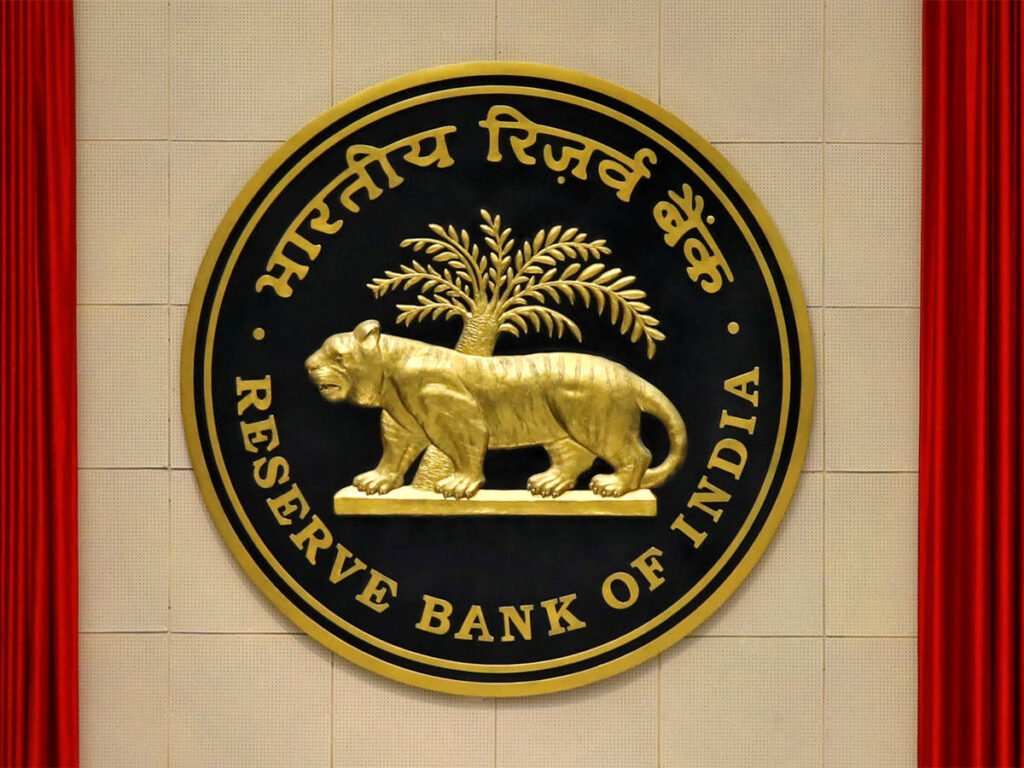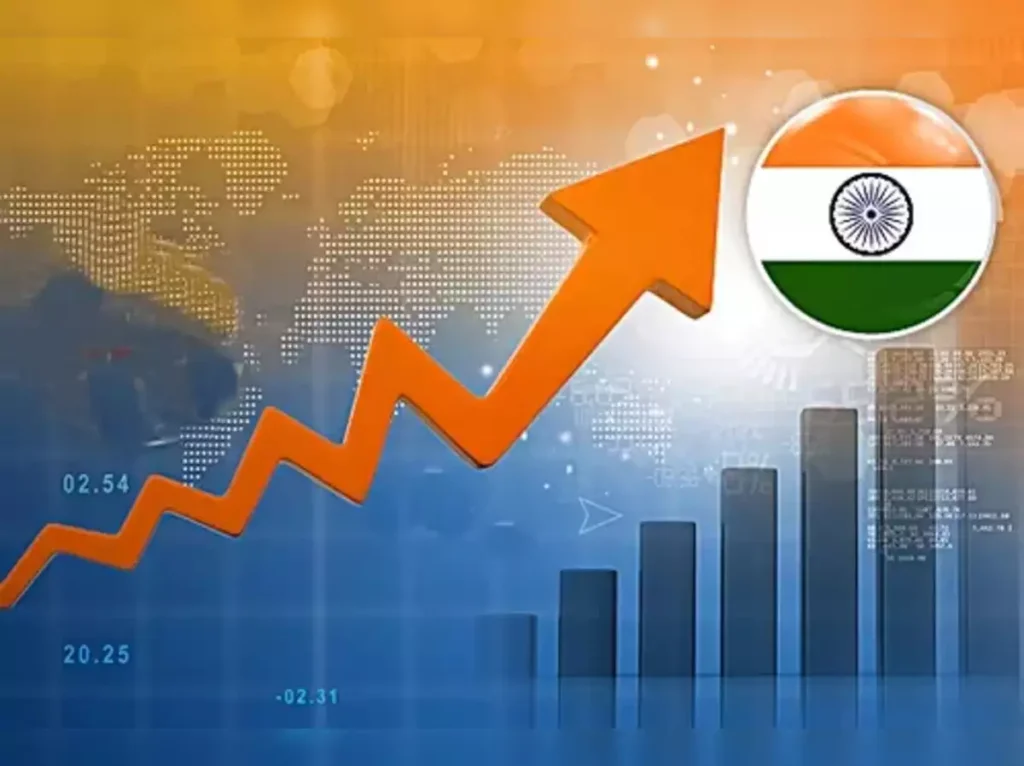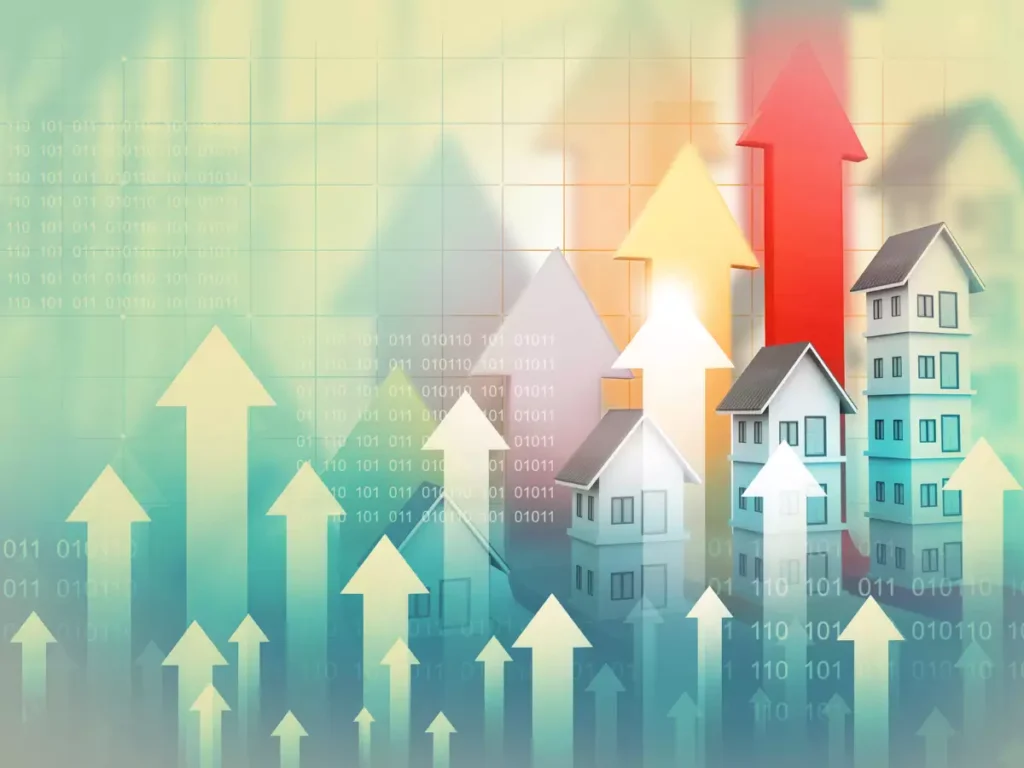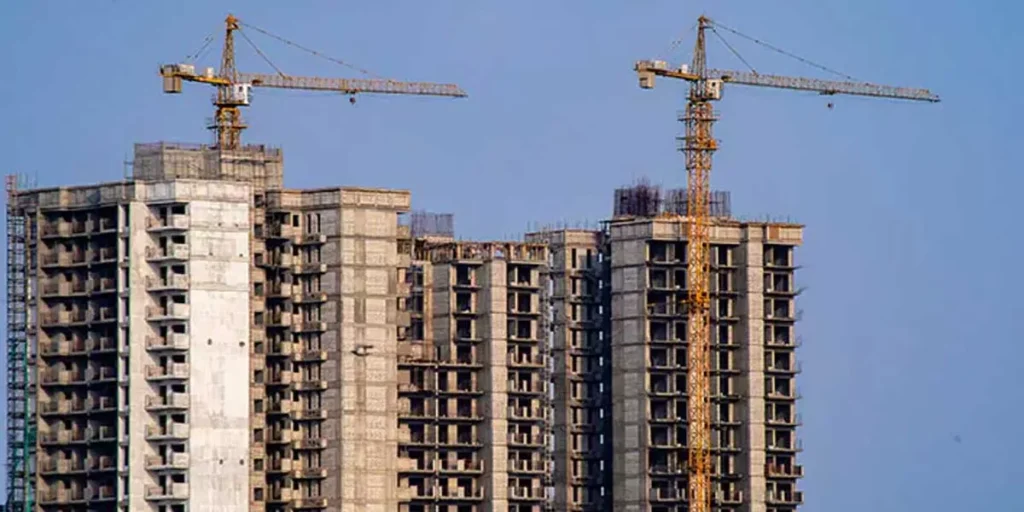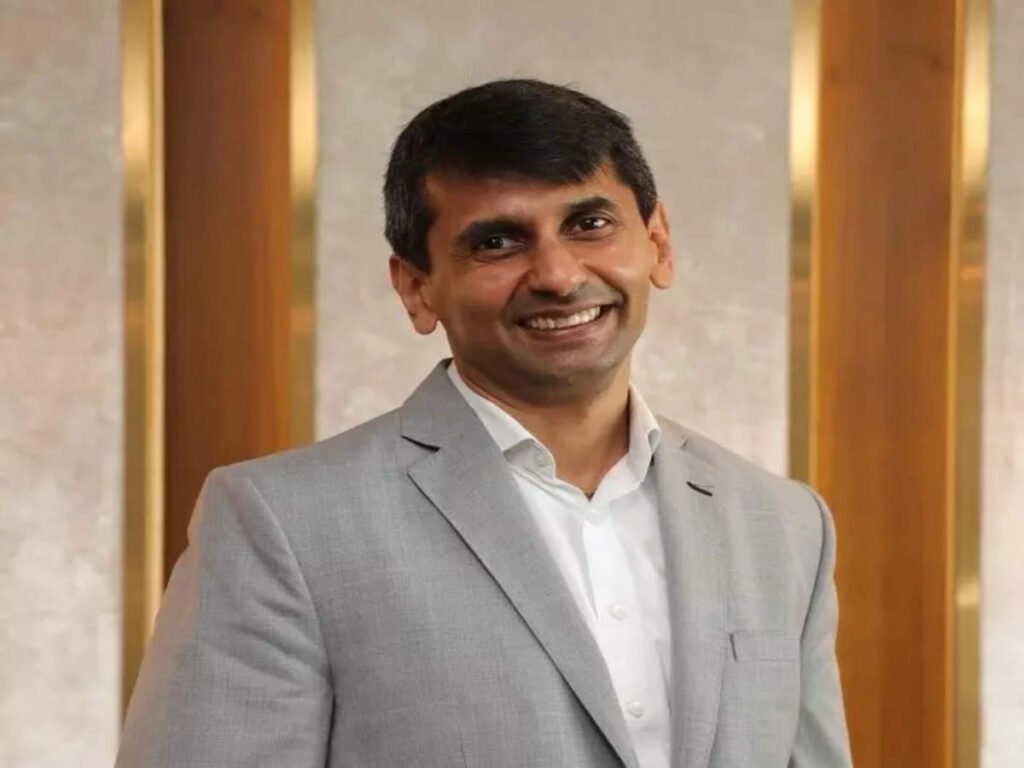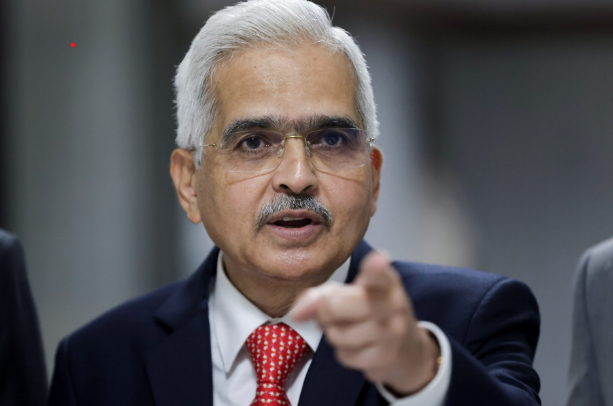
India’s Household Debt on the Rise: Housing Loans at the Forefront
Surge in Household Debt Driven by Housing Loans
A recent report by Care Edge Ratings has raised concerns about India’s increasing household debt, which has surged to 38% of GDP as of FY23. The report reveals that housing loans are the primary driver of this trend, constituting over 50% of retail loans. Despite a decrease from the peak of 39.2% in FY21, the current figure remains substantial when compared to other emerging economies such as Brazil and South Africa, where household debt stands at 35% and 34%, respectively.
Unsecured Loans Seeing Significant Growth
While housing loans dominate the increase in household debt, the report notes a rise in unsecured loans, including credit card debts. These loans, though growing, are not the primary factor in the overall debt increase. “While unsecured loans have seen a significant recent increase and require close monitoring, housing loans have remained the primary driver of household leverage,” the report states.
Stable Household Savings Amid Debt Surge
The report highlights that despite rising debt levels, overall gross household savings remain stable at around 24% of GDP. The shift in savings from bank deposits to physical assets, particularly real estate, underscores a growing preference for homeownership. This trend is seen as non-inflationary and non-speculative, with real estate investment supporting the economy in a productive manner.
Economic Implications of Real Estate Investment
Investing in real estate not only benefits households but also contributes positively to public infrastructure efforts, enhancing overall economic growth. The report suggests that while current debt levels are manageable compared to peer economies, the rising trend in unsecured lending requires careful observation.
Need for Sustainable Income Growth
To maintain a balance between debt and savings, the report emphasizes the importance of sustained increases in household income. This will be crucial for supporting savings and controlling household leverage in the future.
In summary, while India’s household debt driven by housing loans poses challenges, it also reflects a shift towards productive investments in real estate. Continuous monitoring and a focus on income growth will be key in managing household leverage effectively.

 English
English 























